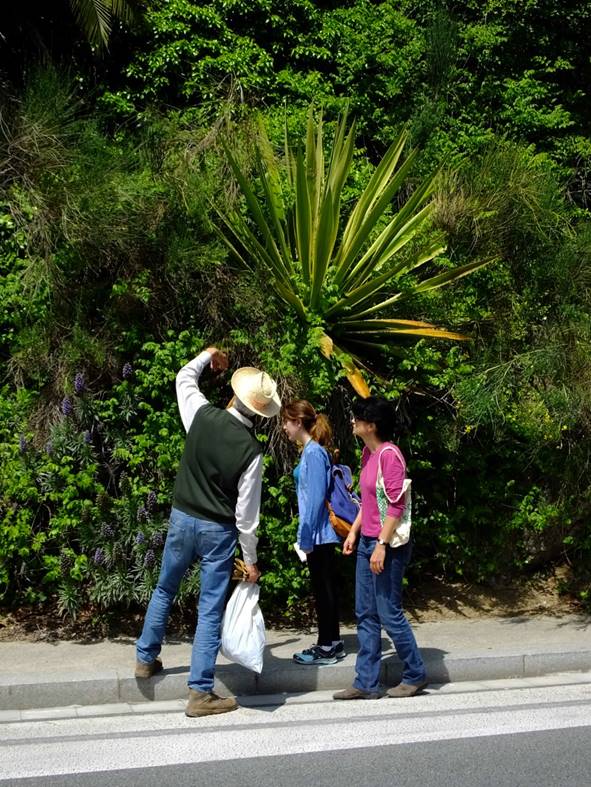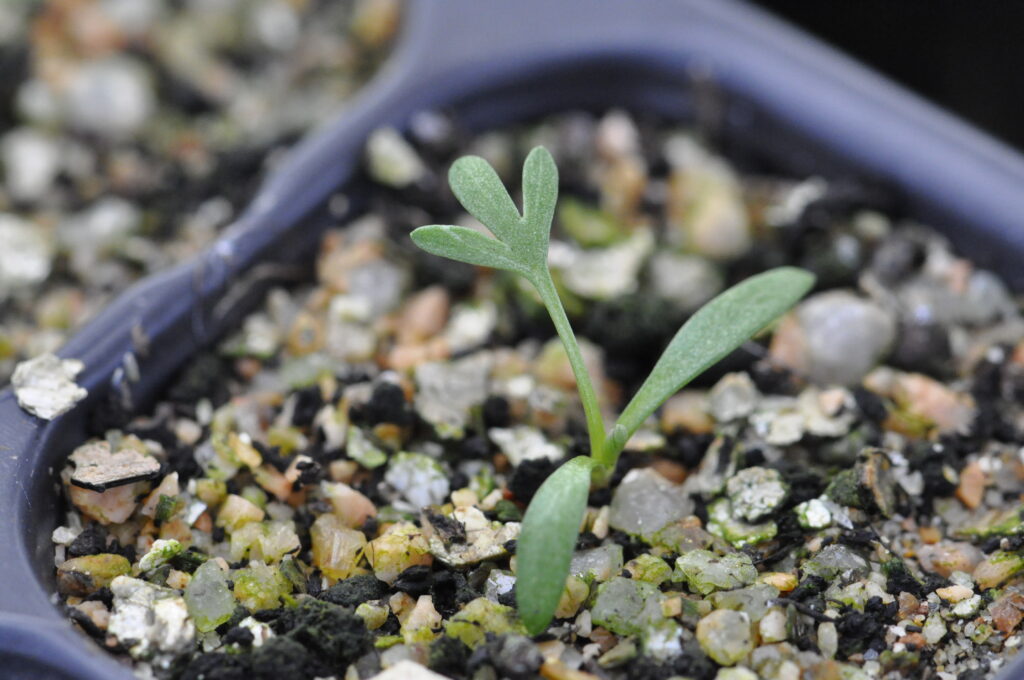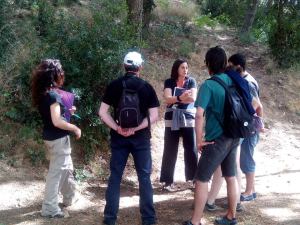
The Consortium of the Natural Sciences Museum of Barcelona (MCNB) is an institution with more than 140 years of history that preserves a heritage of over three million specimens of the different scopes regarding mineralogy, petrology, palaeontology, zoology and botany. Its history dates back to the end of the 19th century. The part of the legacy of the collections of the naturalist Francesc Martorell i Peña that he donated to the city, and he constituted the base of the first public museum in Barcelona. This valuable fund has been enriched yearly with specimens obtained thanks to particular donations, agreements with the Zoological Park and the Natural Parks of Catalonia, and the same research held in the Museum. Nowadays, the Museum preserves some collections that are testimonies of Catalonia’s Natural Heritage and, the biological and geological diversity of this country.
The MCNB is a public entity whose objectives are the conservation, investigation and of the natural environment. It aims to generate experiences that stimulate exploration, learning, love, joy, dialogue and participation among the public. Via expositions and public activities, the MCNB sensitizes the visitors bout the importance of biodiversity conservation to contribute to its preservation and create a society that is better informed, connected and responsible with nature. The mission aligns with the Buffon Declaration, agreed in 2007 by 93 natural history institutions (museums, research institutes, botanic gardens, zoos,…) of 36 countries and all continents. The declaration affirms that science is vital for the sustainable management of biodiversity and ecosystems and, through this, the survival of the human population.

Field work in Montjuïc studying invasive plant species.
Currently, the MCNB is divided into different headquarters strategically located in three spaces across the city: the Ciutadella Park, the Montjuïc mountain and the Forum Park. The first hosts the Centre Martorell d’Exposicions and the Castell dels Tres Dragons. In Montjuïc, there are the Botanic Garden, the Historic Botanic Garden and the Botanical Institute of Barcelona. The Forum Park holds new facilities mainly destined for public events: exhibits, workshops, conferences and a media library, while the Centre Martorell and the Castle store the main body of the whole collection.
Currently, The Botanical Institute of Barcelona (IBB), involved in the LIFE medCLIFFS project, is a conjoint centre formed by the “Consejo Superior de Investigaciones Científicas (CSIC)” and the MCNB. The participating MCNB part in the project is involved in the monitoring actions of invasive species in the Costa Brava and the autochthonous plants of the project area (L. geronense, L. tremolsii and Seseli farrenyi). It also participates in the volunteering actions by leading the field trips and creating resources for the volunteers and their training.
In the last 15 years, the IBB has directed multiple conservation projects on species at risk of extinction in Catalonia, as well as the detection of allochthonous and invasive flora. Currently, the IBB (MCNB) participates in an INTERREG project that develops different actions, such as the monitoring of allochthonous flora in the Pyrenees, through citizen science, to assess the degree of expansion and its impact on the autochthonous flora. Furthermore, since 2010 the MCNB and the IBB have organized the BioBlitzBCN (with around 700 participants/year), an event of citizen science where experts and citizens work together to study the biodiversity in urban parks and other zones around the city of Barcelona. To highlight one of its programs, the MCNB (specifically the Botanic Garden of Barcelona), germinated several plants of Sesesli farrenyi, a critically endangered plant endemic to the Cap de Creus, and is growing them to obtain viable seeds and plantlets to reintroduce into the natural environment. Finally, the MCNB withholds an important communication office capable of disseminating participation in citizen science projects and fomenting it.

Seseli farrenyi plantlet reproduced from seed at the greenhouse of the Barcelona Botanic Garden.

IBB researchers participating in the BioblitzBCN 2015 on the Montjuïc mountain.





